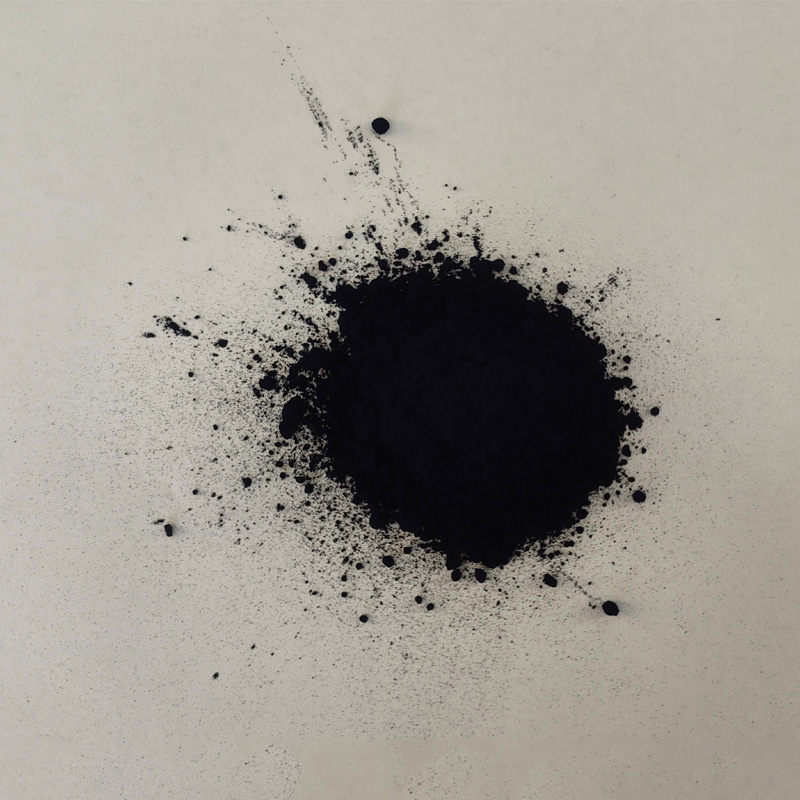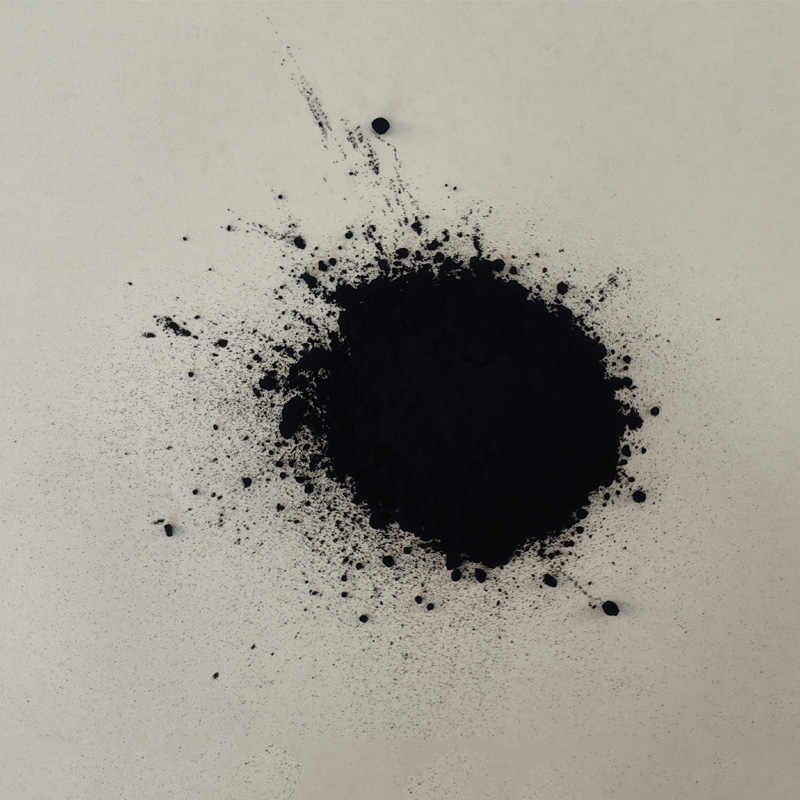Exploring the Rich Heritage of Traditional Indigo Dyeing and Its Global Export Market
The Art and Trade of Traditional Indigo Dyeing
Indigo dyeing, a craft rooted in ancient techniques, has captivated artisans and consumers alike for centuries. As one of the oldest colorants known to humanity, indigo has not only shaped fashion but also the economy of many cultures around the globe. Today, the resurgence of interest in traditional indigo dyeing marks a significant shift back to artisanal methods, favoring sustainable practices over industrial processes.
Traditionally, indigo dye is derived from the leaves of the indigofera plant. The process involves fermentation, whereby the leaves are soaked and fermented to release a pigment that can be applied to textiles. This labor-intensive method results in a rich and deep blue color that has become synonymous with high-quality dye. Various cultures, including those in Asia, Africa, and the Americas, have developed their own distinctive indigo dyeing methods, often incorporating local materials and techniques that reflect their unique heritage.
The Art and Trade of Traditional Indigo Dyeing
As global interest in sustainable and artisanal goods grows, traditional indigo dyeing has found a renewed market. Exporters have begun to highlight the uniqueness and ecological benefits of their dyes, distinguishing themselves from synthetic alternatives that dominate the fast fashion industry. Consumers nowadays are increasingly aware of the environmental impact of their purchases, prompting many to seek out products that are not only sustainable but also support artisanal craftsmanship.
traditional indigo dyeing exporter

The export of traditional indigo-dyed products is not just an economic venture; it also serves as a bridge between cultures. By sharing these exquisite textiles with international markets, artisans can preserve their heritage while promoting cultural exchange. Each piece of indigo fabric sold abroad is a testament to the skill and labor invested in its creation, inviting global consumers to appreciate the artistry involved.
Moreover, the growth of ethical fashion brands has further fueled the demand for traditional indigo dyeing. These brands often prioritize transparency in their supply chains, ensuring that artisans are fairly compensated for their work. This fosters a sense of community and support that uplifts entire regions where the craft is practiced. By investing in traditional dyeing methods, consumers contribute to the preservation of age-old techniques that might otherwise be lost in the face of modernization.
However, the future of traditional indigo dyeing exporters is not without challenges. The rising costs of natural dyes, environmental changes, and the decline of skilled artisans threaten the longevity of these traditions. To combat this, many exporters are advocating for education and training programs to pass on skills to the next generation. By empowering young artisans with knowledge and resources, the hope is to sustain these time-honored practices for years to come.
In conclusion, the world of traditional indigo dyeing is a vibrant tapestry of history, culture, and artistry. Its exporters play a crucial role in not only providing unique, sustainable products to consumers but also preserving the rich heritage of artisanal crafts. As consumers become more conscientious about their purchases, the future looks promising for the indigo industry, standing as a symbol of beauty, sustainability, and cultural pride.
-
The Timeless Art of Denim Indigo Dye
NewsJul.01,2025
-
The Rise of Sulfur Dyed Denim
NewsJul.01,2025
-
The Rich Revival of the Best Indigo Dye
NewsJul.01,2025
-
The Enduring Strength of Sulphur Black
NewsJul.01,2025
-
The Ancient Art of Chinese Indigo Dye
NewsJul.01,2025
-
Industry Power of Indigo
NewsJul.01,2025
-
Black Sulfur is Leading the Next Wave
NewsJul.01,2025

Sulphur Black
1.Name: sulphur black; Sulfur Black; Sulphur Black 1;
2.Structure formula:
3.Molecule formula: C6H4N2O5
4.CAS No.: 1326-82-5
5.HS code: 32041911
6.Product specification:Appearance:black phosphorus flakes; black liquid

Bromo Indigo; Vat Bromo-Indigo; C.I.Vat Blue 5
1.Name: Bromo indigo; Vat bromo-indigo; C.I.Vat blue 5;
2.Structure formula:
3.Molecule formula: C16H6Br4N2O2
4.CAS No.: 2475-31-2
5.HS code: 3204151000 6.Major usage and instruction: Be mainly used to dye cotton fabrics.

Indigo Blue Vat Blue
1.Name: indigo blue,vat blue 1,
2.Structure formula:
3.Molecule formula: C16H10N2O2
4.. CAS No.: 482-89-3
5.Molecule weight: 262.62
6.HS code: 3204151000
7.Major usage and instruction: Be mainly used to dye cotton fabrics.

